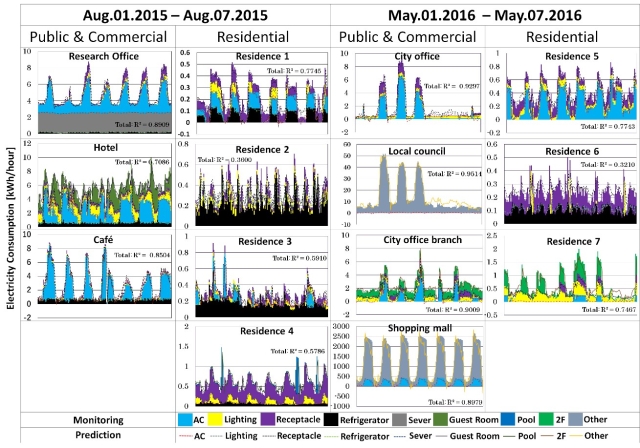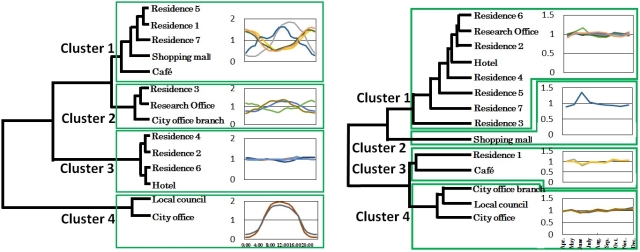Information of Paper
Authors:Maki S., Ashina S., Fujii M., Fujita T., Yabe N., Uchida K., Ginting G., Boer R., Chandran R.
Year:2018
Journal:Frontiers in Energy, pp1-14
Link to the paper
Keywords
Electricity monitoring, Electricity demand prediction, Multiple-variable time-series modeling, Time-series cluster Analysis, Indonesia
Abstract
The Paris Agreement calls for maintaining a global temperature less than 2 °C above pre-industrial levels and pursuing efforts to limit the temperature increase even further to 1.5 °C. In order to realize this objective and promote a low-carbon society, and because energy production and use is the largest source of global greenhouse-gas (GHG) emissions, it is important to efficiently manage energy demand and supply systems. This, in turn, requires theoretical and practical research and innovation in smart energy monitoring technologies, the identification of appropriate methods for detailed time-series analysis, and the application of these technologies at urban and national scales. Further, because developing countries contribute increasing shares of domestic energy consumption, it is important to consider the application of such innovations in these areas. Motivated by the mandates set out in global agreements on climate change and low-carbon societies, our research focuses on the development of a Smart Energy Monitoring System (SEMS) and its deployment in households and public and commercial sectors in Bogor, Indonesia. We then develop an electricity demand prediction model for each device using the Auto-Regression eXogenous model; we then use the real-time SEMS data and time-series clustering to explore similarities in electricity consumption patterns between monitored units, such as residential, public, and commercial buildings, in Bogor. These clusters are evaluated using peak demand and Ramadan term characteristics. The resulting energy-prediction models can be used for low-carbon planning.






